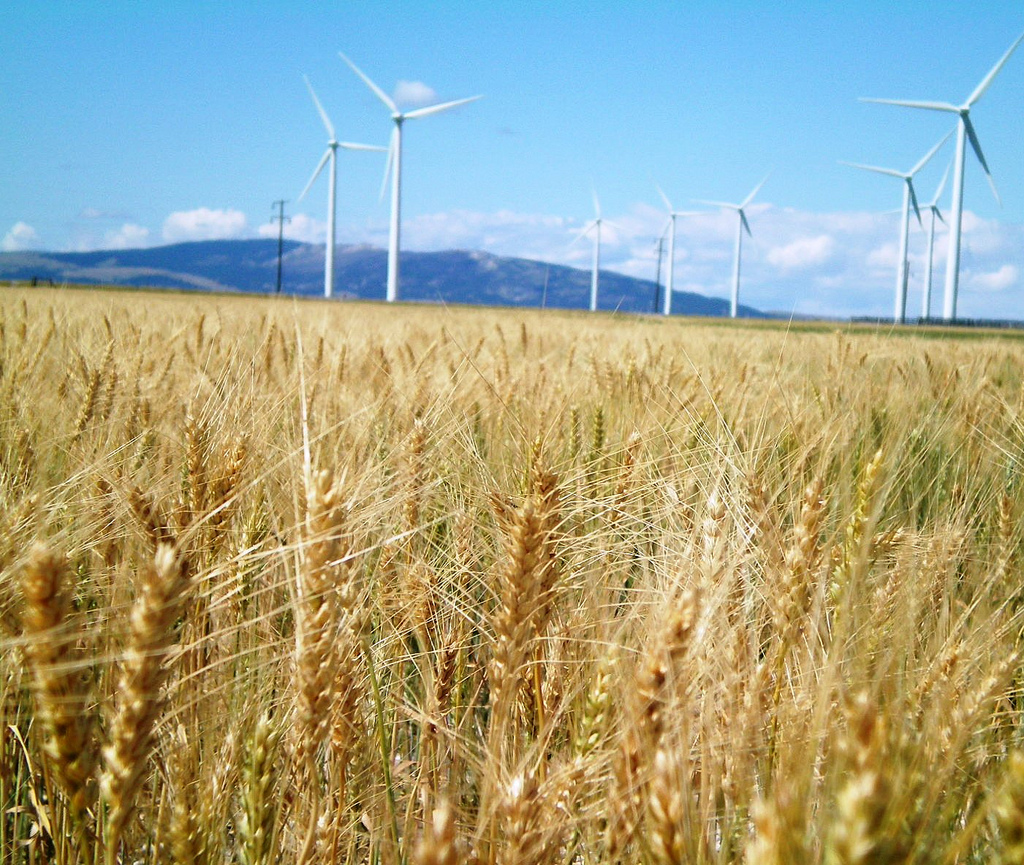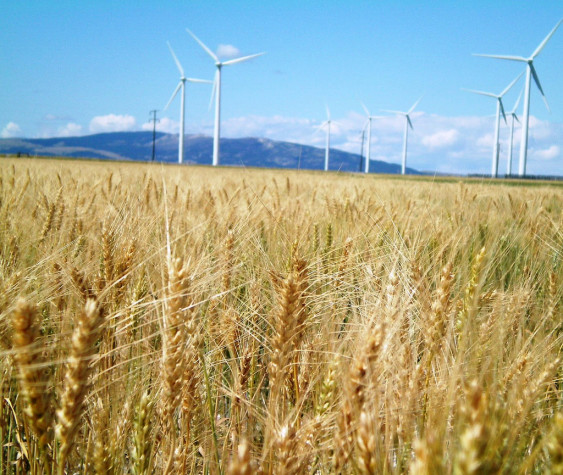Kelsey H.
Spent some time reading a pretty lengthy NYT article on sustainable farming and possibly using the natural processes of carbon, compost, and farming to get carbon out of the air and into the ground. Sounds ridiculous, I know. But there’s so much good stuff in there — just when you think it might be time to click away, you find new information and keep going. Plus I know I’m not the only one at Sightline who read the piece this week.
And, surprise, the majority of forest loss worldwide is commodity-driven. By contrast, forest loss due to urbanization makes up less than one percent, per this 15-year study.
I’ve also spent time reading a highly detailed—let that be a trigger warning—article on an incident of rape to a high school girl in a small Texas town. The reporter went to school with the girl, but felt an itch to figure out just what happened because her classmates at the time instead reacted with a smear campaign against the victim. She quickly disappeared from the town. It’s a mindset and situation I’ve seen play out in my own small hometown. And, especially given the physical exam not long after the incident, the girl certainly recalled everything correctly. The examiner even remembered this particular exam years later — in part because the court never called her to testify.
On a happier note, another reporter decided to tackle the issue, framing, and research of Being Fat™ and it’s simultaneously uplifting and horrifying. From one woman: “If you looked at anything other than my weight,” she says now, “I had an eating disorder. And my doctor was congratulating me.” If you like this article, you’ll *love* Shrill by Seattle’s own Lindy West. I highly recommend reading it.
Gear switch! Forewarning: I care about homelessness a lot. I wrote about it for three years. I’m still in contact with people who have been homeless for a long time, and homelessness once touched my family first-hand as well.
A young Seattle Times reporter wrote about how Seattle gets money for homelessness and how that money then gets allocated. Of note, however, is that the piece doesn’t mention that it’s way cheaper to provide services and housing than it is to address the aftermath and byproducts of being homeless— that is, if we wanna talk about how to best use our tax dollars. It costs about $50,000- $100,000 more to leave the chronically homeless on the street, ultimately because of the enormous public expense of emergency services that will result instead.
The Seattle Times also finally got a public records request back that revealed just how the heck the City Council completely turned around days before the final vote on the head tax that would’ve produced much more money for homelessness services and housing.
One woman in California got housing, though! Find out how she did it.
Eric
This weekend please find a regulation track in your neighborhood, lace up your running shoes, and start your stopwatch. You’ve got 69.5 seconds to make it all the way around the track—go! Most of you of you reading this article won’t be able to do it even once, but now imagine keeping up that pace for another 104 laps without pausing or slowing down.
That’s what Eliud Kipchoges just did when he set a new world record for the marathon in Berlin this autumn. It’s almost inconceivable how fast he is, and how tantalizing close we humans are now to the 2-hour marathon mark.
Kids need unstructured play. It’s not a nice-to-have for childhood development and learning, it’s a necessity.
What’s Facebook up to this week? The company continues, for no intelligible reason, to defy Washington state law on political ad disclosures. And the company is facing legal charges for helping employers exclude female candidates from job recruiting campaigns, in blatant disregard of well-known federal laws:
Facebook has been criticized in recent years over revelations that its technology allowed landlords to discriminate on the basis of race, and employers to discriminate on the basis of age. Now…. The employers appear to have used Facebook’s targeting technology to exclude women from the users who received their advertisements…
Anne
Doing a DNA test to learn more about ancestry seems to be all the rage these days but a fascinating story by CBC News this week poses an interesting question about identity, heritage, and science.
Apparently, some are taking these DNA tests and using any alleged Indigenous ties to (fraudulently) get tax exemptions meant for First Nations. Louis Côté, a source in the CBC story, decided to put Toronto-based laboratory Viaguard Accu-Metrics to the test: he sent in his DNA and a sample of DNA from his girlfriend’s chihuahua, Snoopy. (Side note: the photo of Snoopy in the CBC story is perfection.)
The results came back and it turns out… Snoopy and Côté shared 20 percent indigenous ancestry!?
“It’s not that it’s bad science but I don’t think it should inform how we identify as Native people,” said Kim TallBear, who is an author and the Canada Research Chair in Indigenous Peoples, Technoscience and Environment.
TallBear makes the point that being part of a community is about more than genetic material, too. Participating in cultural practices and even becoming an official member is sometimes a better indicator than what a DNA test can prove.
And that’s a good segue into my suggestion for “Weekend Watching.” A few weeks ago, I watched “The Rachel Divide” on Netflix and I’m surprised that I can’t stop thinking about it. It’s a documentary about Rachel Dolezal, who served as the leader of the NAACP’s Spokane branch until it was discovered that she’s biologically white. The story caught national news for a hot second a few years ago. This documentary follows her for about two years after she was outed on a local TV news program.
I’ll warn that I feel some conflict about watching this film. As a former journalist, I am vehemently against the filmmakers’ decision to prominently feature Dolezal’s son, who is a minor and is clearly traumatized by the whole mess. And that’s not the only ethical question the film raises.
But then again, there are some thought-provoking moments and, if nothing else, it gives a lot more depth, context, and voice for the many people affected by Dolezal’s decisions. Like the CBC story, it begs deeper thought on what shapes our identities, and the control we have over how others see us versus how we see ourselves.
Aven
Clean Energy news: Giant clams make biofuel, solar installations are already back online and providing power to a storm-stricken North Carolina, and solar-with-batteries is now cheaper than new gas-fired power generation in the US Southwest.
In other interesting news, Oregon has introduced refillable glass bottles to work in tandem with their glass recycling program. Why?
“Every time that bottle gets reused, you’re cutting the carbon footprint of that bottle in half,” Schoening said. “It’s the most sustainable choice in the beer aisle.”









